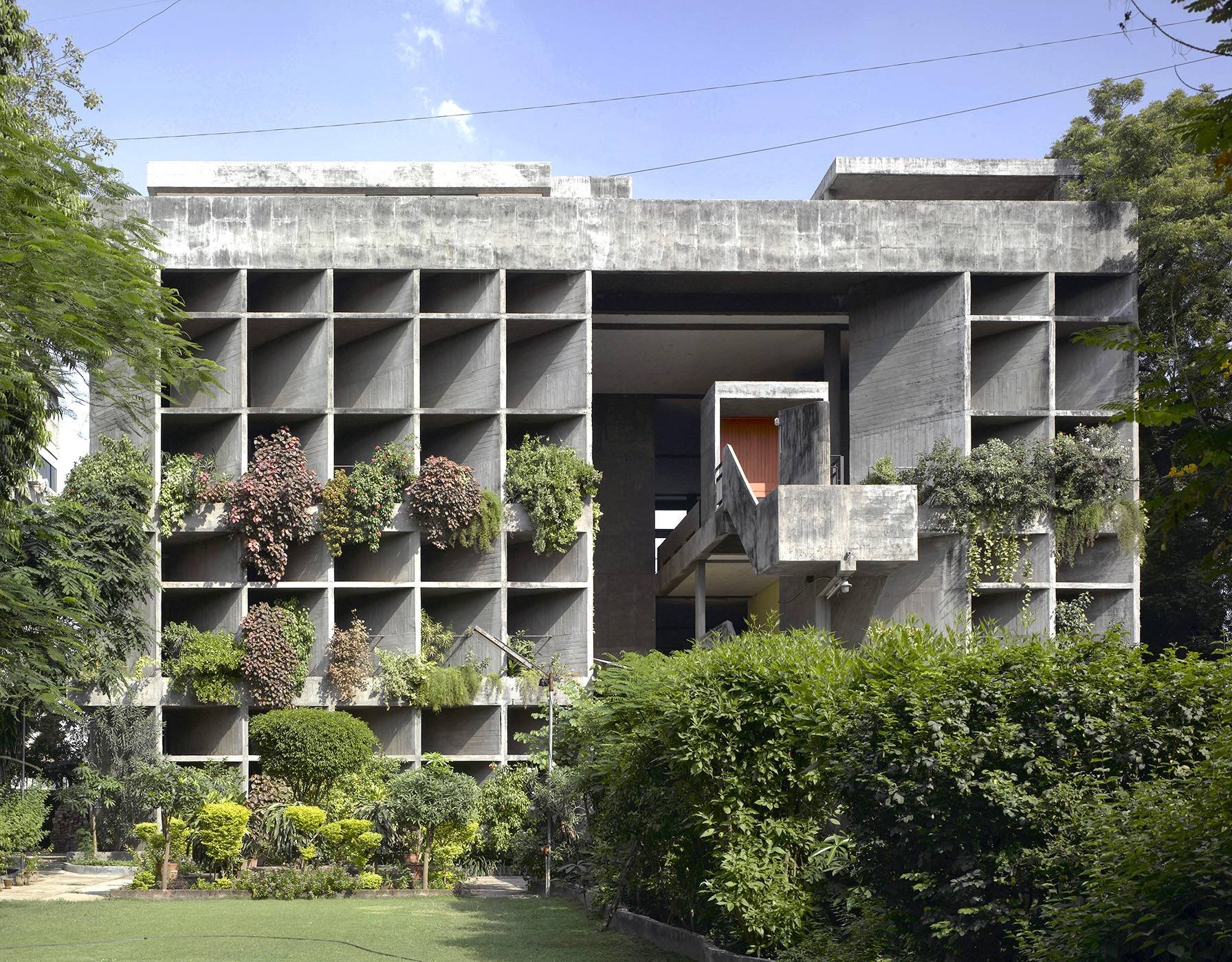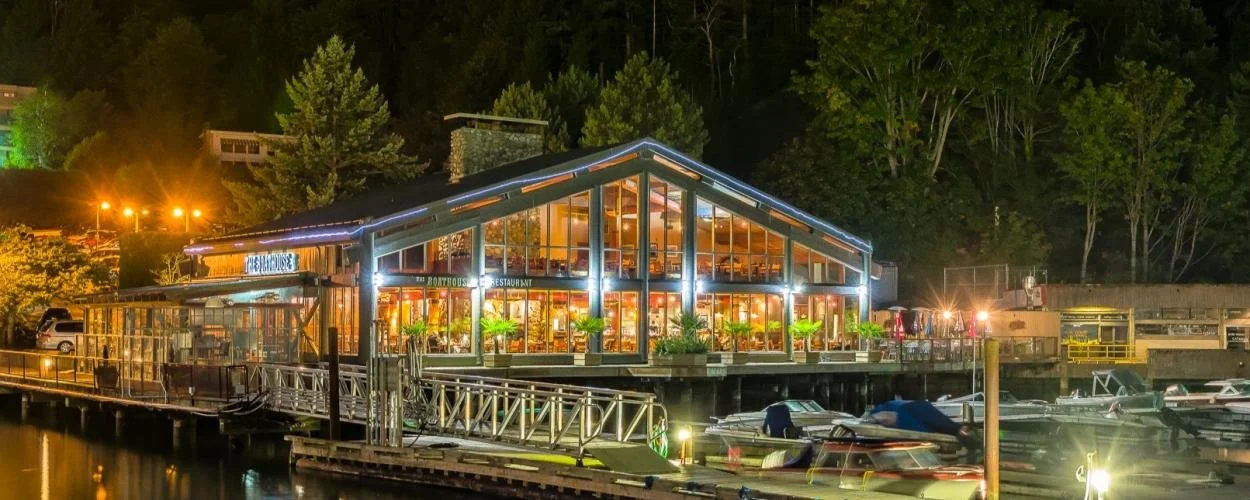In Swapnaa Tamhane: No Surface is Neutral, sweeping textiles and handmade khadi paper resist colonial history in India
Montreal-based artist Tamhane works directly with block-printers and carvers in Kutch, India to craft her pieces
Swapnaa Tamhane’s Mobile Palace (detail view), 2019-2021, natural dyes and appliqué on cotton. Photo by Paul Eekhoff (Royal Ontario Museum)
Swapnaa Tamhane. Photo by Brandon Brookbank
Swapnaa Tamhane: No Surface is Neutral is on display at the Surrey Art Gallery until November 26, with a tour and talk featuring Deepali Dewan and T’ai Smith taking place on October 12 from 6:30 pm to 8:30 pm
IN THE 1930s, Mahatma Gandhi used khadi, a type of hand-spun, hand-woven cotton, to help restore India’s economy. By making cotton garments locally and generating employment, he offered a path of resistance against British colonialism and its imported cotton products.
Today, Montreal-based artist Swapnaa Tamhane resists colonialism in a similar fashion. Through making her own paper from khadi, working hands-on with block-printers in India, and paying homage to the traditional designs she saw growing up, she aims to dismantle hierarchies between modern fine arts and traditional craft.
“I spent a lot of time in India as a kid, so that has really shaped my thinking and my approach,” says Tamhane, whose family is from Mumbai. “I’m interested in how craft and fine art are just kept so separate, and in particular, how block printing is kept out of the fine art realm.
“And I grew up with all of that. I have such an appreciation for, you know, the saris that my aunts wear, or the clothes that my mom wears, and some of the bedspreads we have. And I never saw that in a contemporary art gallery. So for me, it was really thinking about this idea of, ‘How do we create value for things? How do we create a language of value?’”
Tamhane first learned to make paper out of khadi when she was pursuing her master’s degree in fine arts at Montreal’s Concordia University. The school houses one of the only papermaking facilities in Canada—with adequate drainage to allow for the large quantities of water used in paper-making, plus an industrial-sized machine called the Hollander beater that turns fabric into paper pulp.
“I started making paper because I was interested in drawing, and I consider the foundation of my artistic practice in relation to drawing,” says Tamhane. “And so somehow it became really important to make my own surfaces, as opposed to just buying store-bought paper.”
Swapnaa Tamhane’s Mobile Palace (detail of installation view), 2019-2021, natural dyes and applique on cotton. Photo by Paul Eekhoff (Royal Ontario Museum)
At the Surrey Art Gallery, No Surface is Neutral is on display. It’s a sweeping collection of 13 large-scale block-printed textile pieces, draped like canopies every which way around the space. Those pieces are accompanied by a variety of small drawings and prints on reconstituted khadi, and pots crafted from paper pulp. A colour palette of maroons, indigos, and creams brings unity to Tamhane’s body of work.
“With No Surface Is Neutral, the central piece is called Mobile Palace. I wanted to make a series of coverings that gave you the feeling of a tent, or thinking about the idea of shelter that can be created in such a simple way—or the idea of an enclosure,” she explains. “And in India, you’ll see tents that are used for everything from political rallies to weddings. So I’m kind of making that reference as well.”
The sweeping fabrics also pay homage to Mughal tents (which Tamhane says were often used as nomadic summer palaces), and the ornate style of Ottoman tents. The motifs on her fabrics are inspired by the Mill Owners’ Association Building in Ahmedabad, a city in the western India state of Gujarat. Designed by Swiss-French architect Le Corbusier, who is regarded among the most influential proponents of modern architecture, the concrete building is characterized by brises-soleil—diagonally oriented walls that block out direct sunlight.
“The first time I visited, I never imagined I would go in this direction,” says Tamhane, estimating it was around 2014 when she first saw the Mill Owners’ Association Building. “I never imagined I would work with textile so directly, or block printers, or anything else. I just kind of visited it, but obviously it left a massive impression on me. So I’m kind of poking fun at it by making a repeat print—because modernism is so much about no repetition, and singular white male genius. And on the other hand, I’m really venerating it. It’s a really beautiful, interesting, odd little building, you know? It’s not a home. It wasn’t a public space. It’s not a gallery. It was really built as a meeting place. It’s concrete. And so it’s very grand.”
Mill Owners’ Association Building. Photo by Edmund Sumner
Gujarat is also where Tamhane collaborates with block printer and dyer Salemamad Khatri. He’s located in the city of Kutch, just under 400 kilometres northwest of Ahmedabad near the Pakistani border. Tamhane first draws her designs in Toronto, before travelling to India, where carvers translate the patterns into woodblocks. Then, Tamhane works with Khatri to block print and dye her motifs onto fabric.
She first met Khatri through a Kutch-based NGO called Khamir, whose mandate is to support the region’s craft industry in specialties like block-printing, embroidery, and leatherwork.
“Salemamad is someone who himself also thinks a lot about symmetry and design. And so the NGO kind of identified him as a really good person to work with,” explains Tamhane. “Because not all the block printers want to work with me on my designs, right? Their mandate is to work and design their own traditional designs, and my things are totally different.
Swapnaa Tamhane’s Study 1, 2018, woodblock print on khadi rag paper. Photo by Paul Eekhoff (Royal Ontario Museum)
“Their motifs are something called ajrakh, which are very particular geometric designs,” she continues. “But for me, because I’m working with geometric designs as well, I wanted to work with them. So in places like Rajasthan or Jaipur, that’s a different region, and they have a different language of block printing—it’s more floral, and more curvy. They might have birds. But ajrakh motifs are very geometric, and those who do all the printing are primarily Muslim, so they don’t have anything that’s iconographic.”
The result is a mesmerizing collection of triangular shapes, repeating imagery, crisp angles, and intricate details filling the gallery space. In juxtaposition to those sharp patterns, the soft drapes of fabric swathing the room emulate a feeling of sanctuary.
“I just want people to be kind of seduced by all the patterning. Come in and enjoy,” says Tamhane. “I think that art can be really intimidating for a lot of people, especially contemporary art. So I want to make something that’s very beautiful and very seductive—but then there’s a whole story in history that I’m also talking about, which is the removal of British colonialism in India through this material of cotton. That’s my through-line in everything I’m doing.”

















